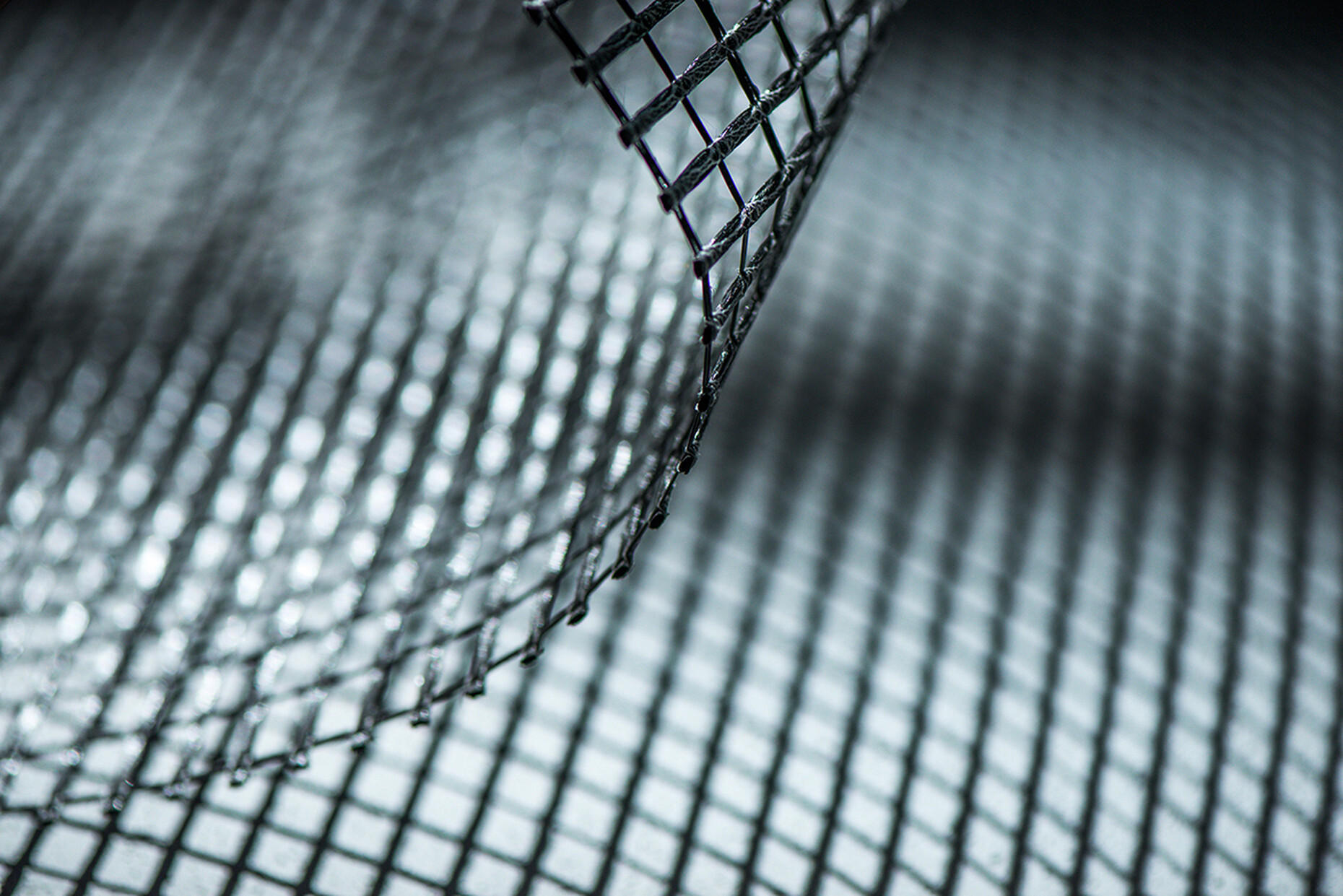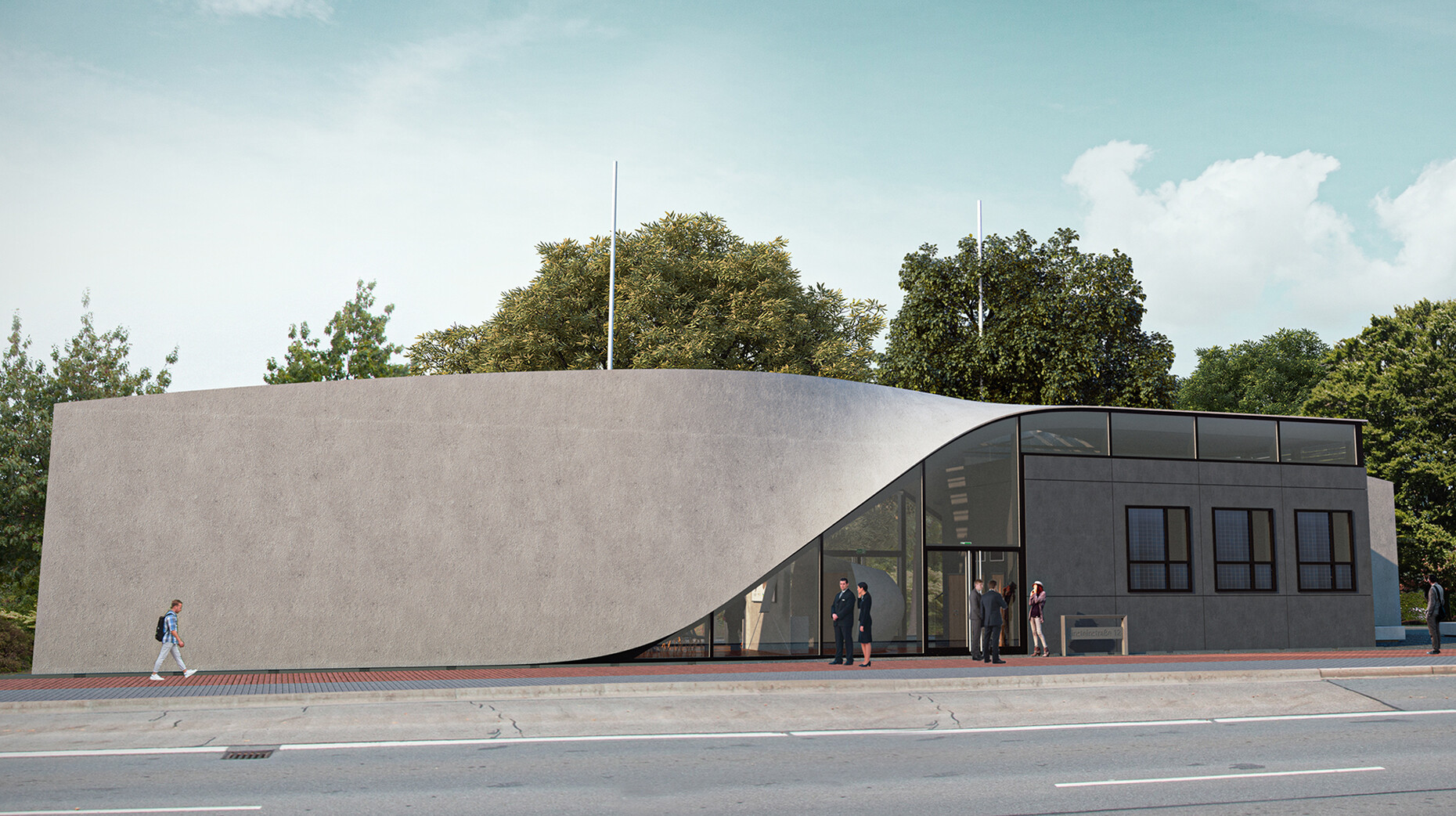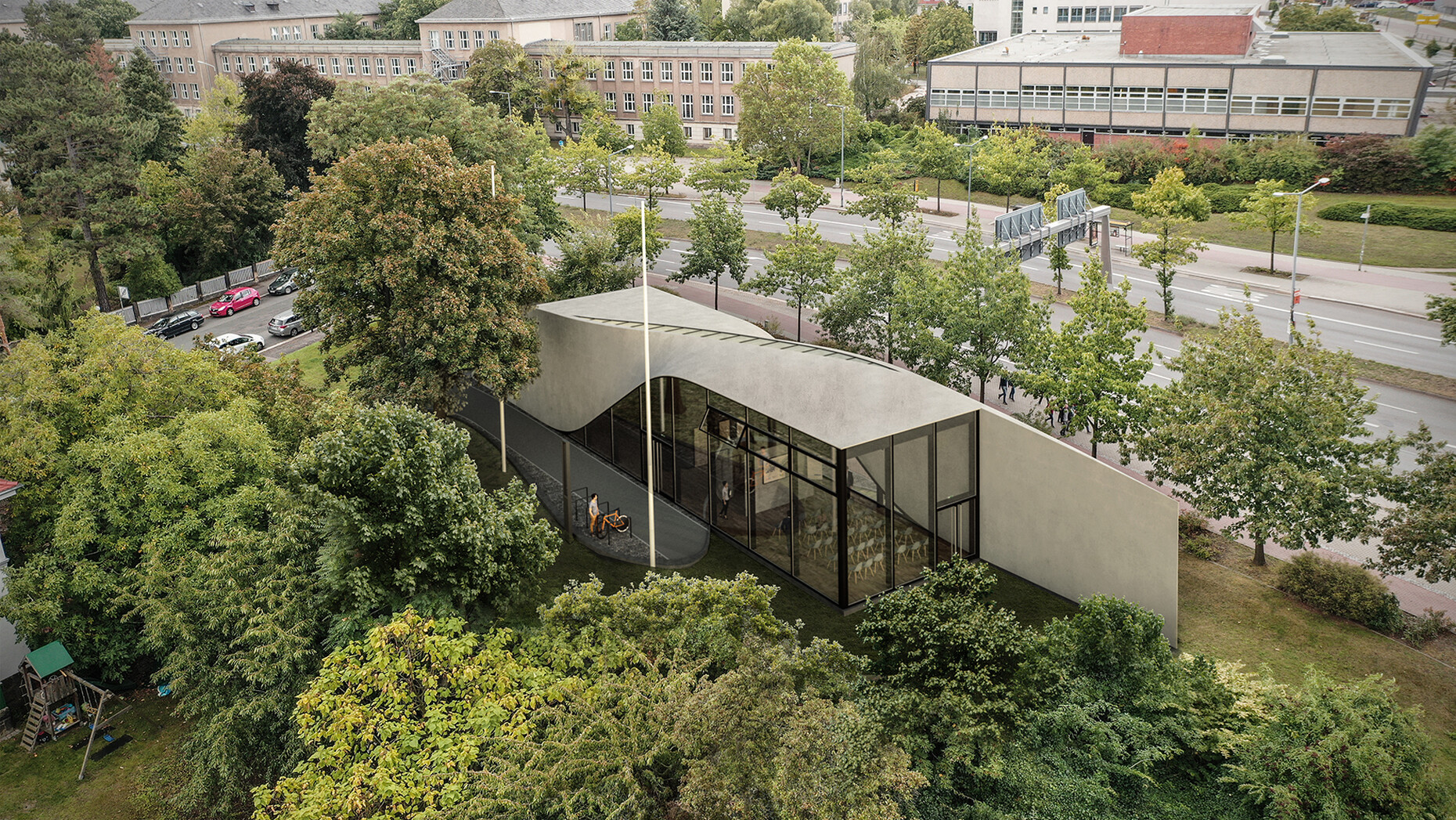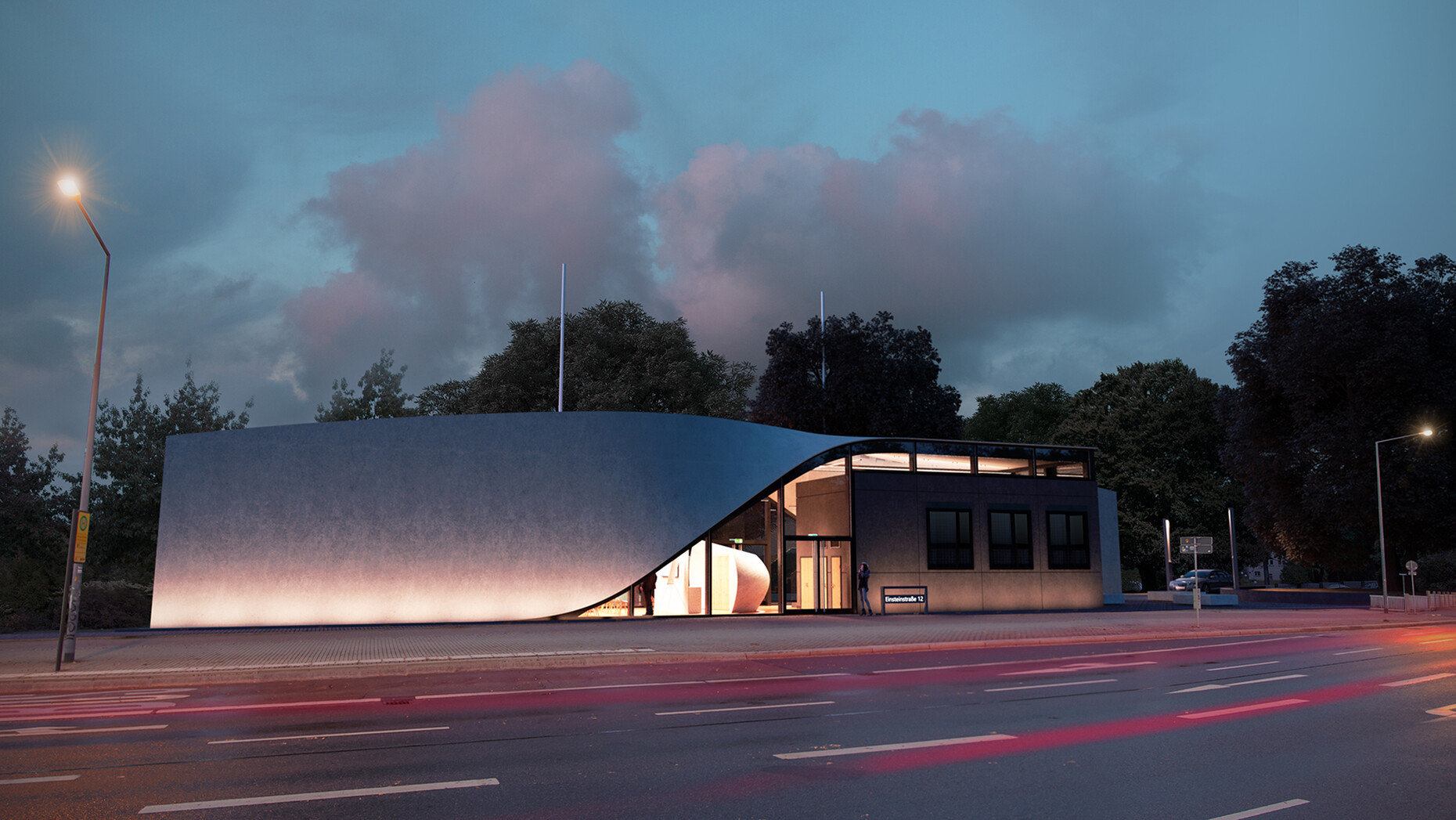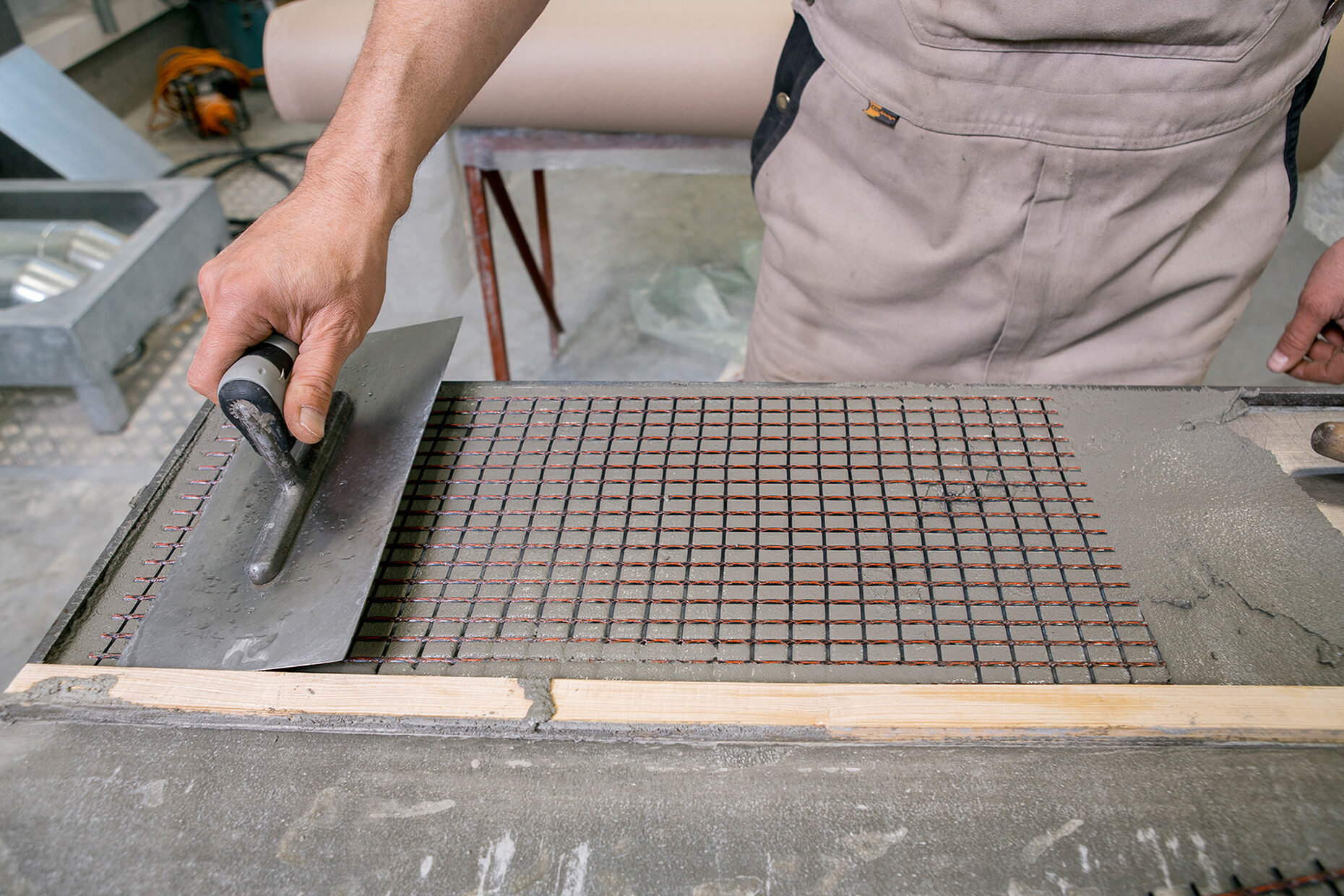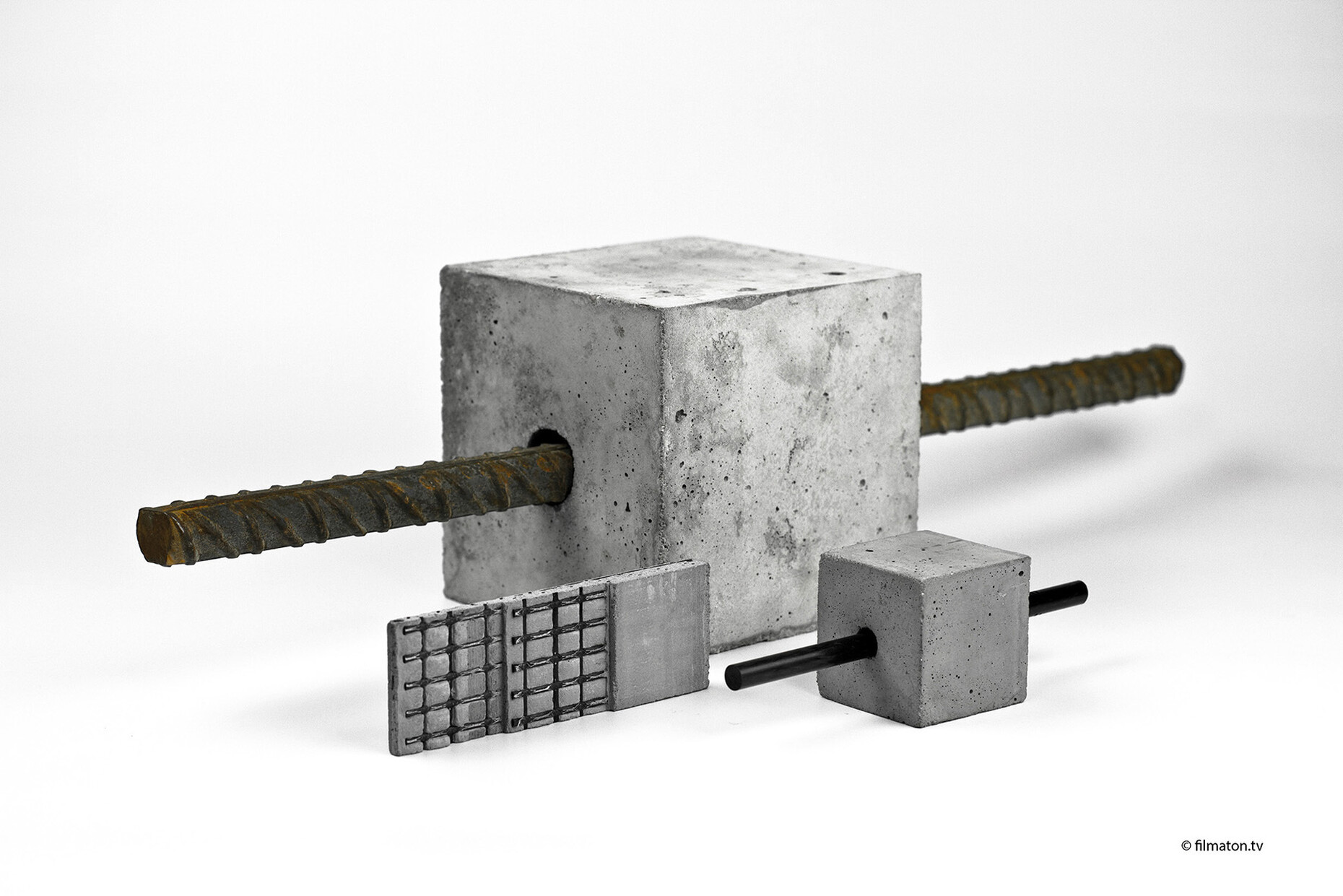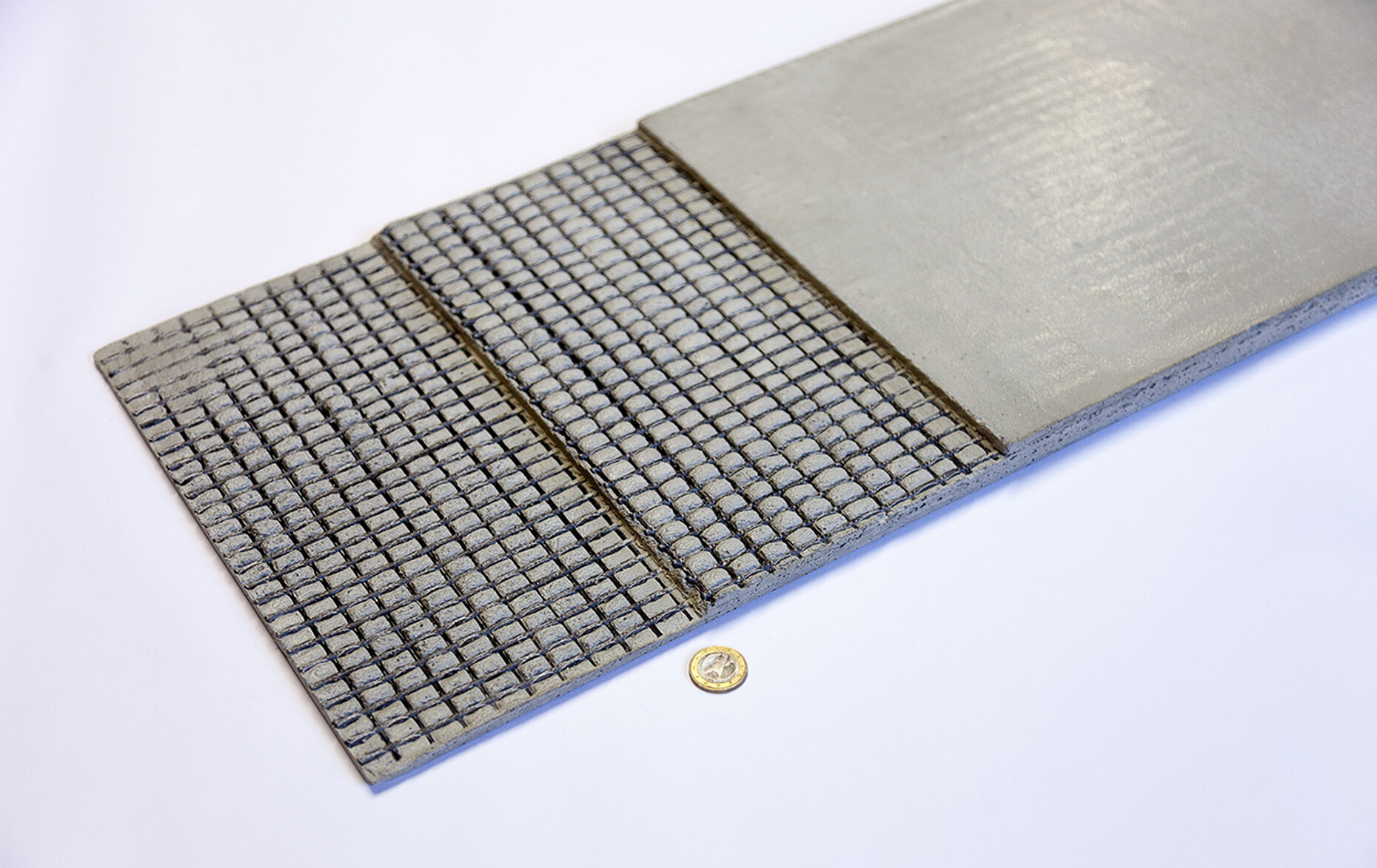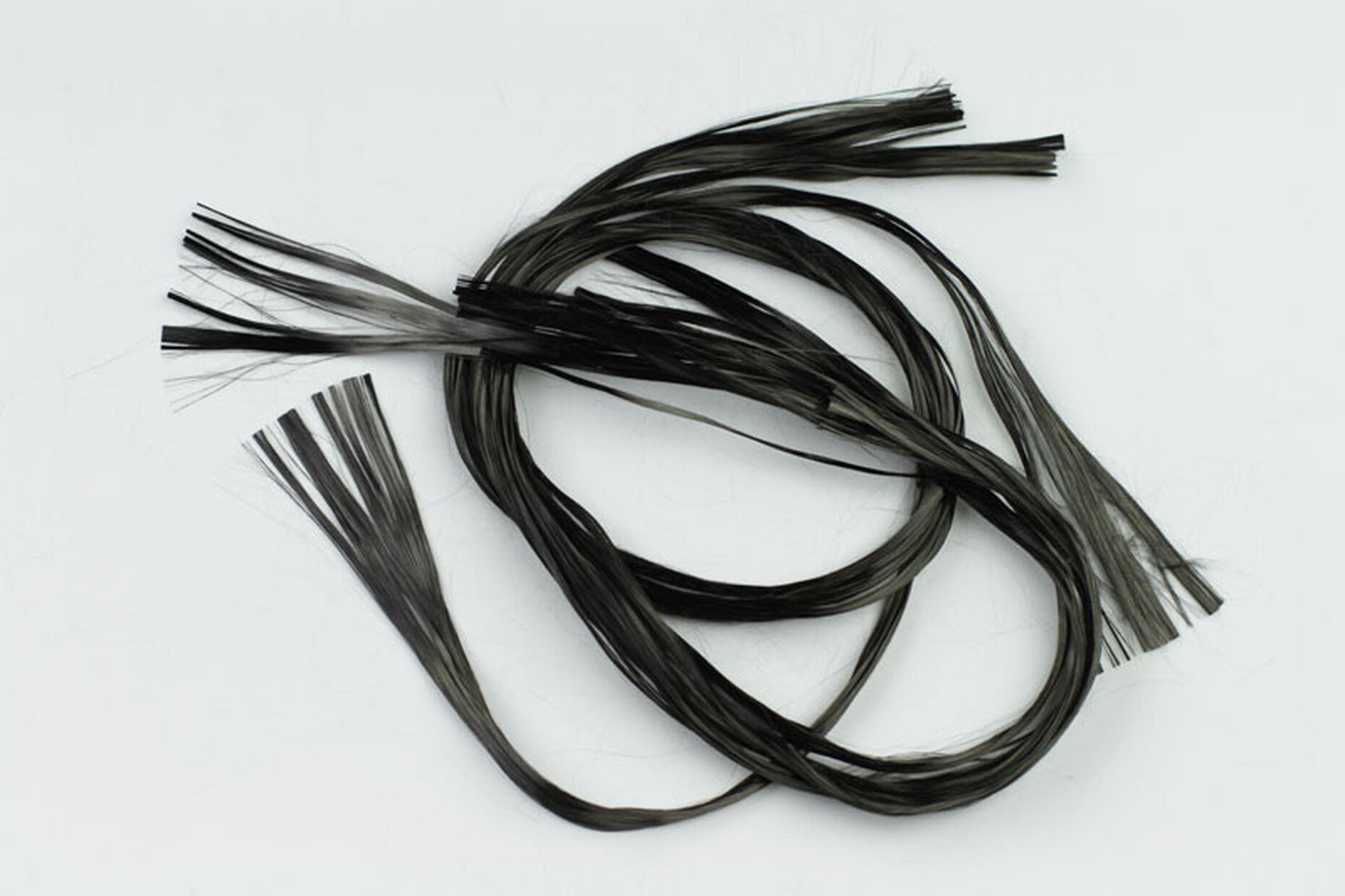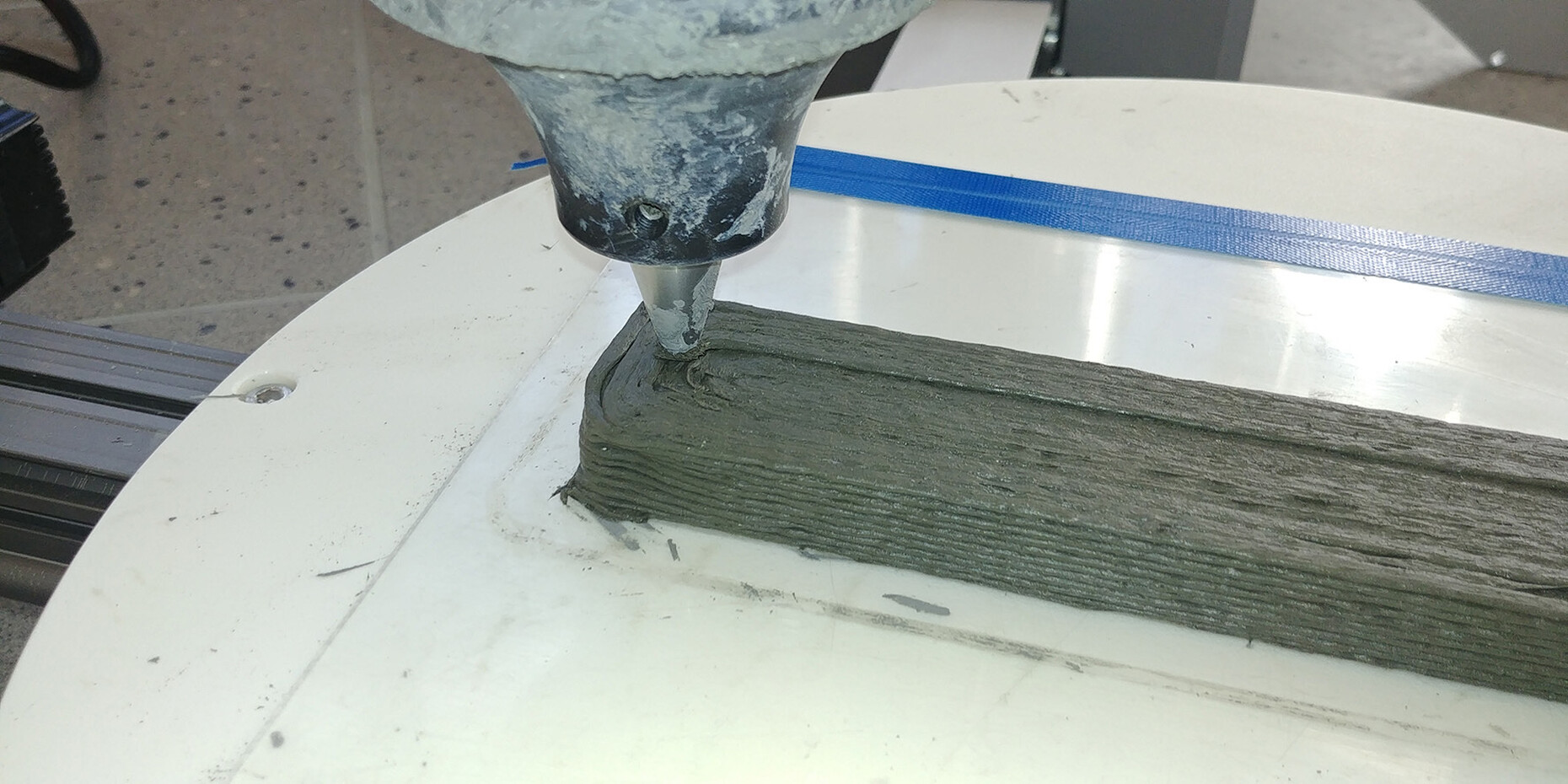SUSTAINABILITY
A new way of building
The first house made of carbon fiber is currently being developed on the grounds of the Technical University of Dresden. “CUBE”, as the building is known, combines the research results of the project C³ – Carbon Concrete Composite in one experimental building. AIB Architekten Ingenieure Bautzen is responsible for the general planning, while HENN Architekten came up with the concept design, which highlights the architectural scope the material offers – across an area of 220 square meters: The base is the rectangular “BOX”, which will contain three laboratory rooms in which the installed material can be analyzed metrologically as part of long-term monitoring. The “BOX” is made of prefabricated elements. The dynamically curved “TWIST” element sits on top of them; it consists of symmetrically arranged shells produced using a shotcrete process directly on site. “TWIST” is thus load-bearing structure, wall structure and roof all rolled into one. “What we are implementing now has exceeded what we imagined in the beginning. We want to show that we can build with carbon concrete in a way that is both resource-efficient and practical,” says Matthias Tietze, the foreman on the project. Initially derided, the project is now scheduled for completion as early as the end of March 2022.
Research into a combination of concrete and carbon is not new. Since a complex testing process is required for approval of the material, various scientists have already been working for years on ways to ensure the material is viable for house-building. The advantages would be extensive: The carbon-fiber-reinforced plastic is extremely robust, corrosion-resistant, flexible, lightweight, thermally conductive and recyclable. In addition, according to the status of current research, carbon concrete is longer-lasting than conventional concrete – its lifespan has been estimated at around 200 years, while buildings made of reinforced concrete remain usable for around 50 to 80 years.
For the prefabricated elements of the “CUBE”, a textile scrim made of carbon fiber is manufactured in standard construction dimensions and is then embedded between two layers of fine concrete. Since it is rust-resistant, half a centimeter per layer of concrete is sufficient to produce the element – which spells massive savings in terms of raw material savings and great scope for creativity. In addition, the carbon concrete is six times more stable and very low-maintenance in comparison to classic reinforced concrete, according to the results of the construction research project “C³ – Carbon Concrete Composite e. V.”, which is sponsored by the German Federal Ministry of Education and Research. With individual approval from the building authorities, the carbon fiber has already been used in other projects to reinforce the materials – be it for bridge construction or roadway slabs. The “CUBE” model house now represents a building that is intended to serve for research and for illustration.
Carbon short fibers in 3D printing
While the TU Dresden relies on the use of grid-like textile mats, the so-called “solidian GRID” developed by the solid-state chemists and material scientists at the University of Augsburg hinges on a different approach: Carbon short fibers are mixed directly into the concrete and further processed in a 3D print procedure. “The main difference from textile-reinforced carbon concrete is the fact that our material is ideally suited for a fully automated production process. Variation of the print parameters makes it possible to control specific properties in the material, relating, for example, to the orientation of the fibers along tensile trajectories or the volume fraction and distribution of the fibers in the printed object,” explains Prof. Dr. Dirk Volkmer, who heads the Dept. of Solid-State Chemistry at the University of Augsburg. The printed mortar also stiffens quickly, he says, and does not need a supporting structure or framework. The result, according to the professor, is around ten times as strong as high-performance concrete, so steel reinforcement can be dispensed with completely. “The material reinforced with carbon short fibers proves to be far superior to previously known building materials in terms of relevant parameters such as bending stiffness, compressive strength, toughness, and also in cyclic load scenarios,” he explains. And there is another property the carbon short fibers exhibit, according to Volkmer: The workpieces become electrically conductive and can thus be resistance-heated by means of current flow. “This makes it possible to realize smart floor and wall heating systems that can be controlled segment by segment. Due to the very rapid heating and cooling times, a heating system like this would be able to follow the movements of occupants and heat only the spaces where people were present at the time.”
Saving resources
CO2 emissions in construction are also improved over the long term by the use of carbon, according to the experts: “If you only need half of the material to achieve the same performance, then the carbon footprint is automatically smaller,” says Tietze. Furthermore, estimates by Gerd Falk, a design graduate who is a research associate at the Institute of Aircraft Design and co-founder of Innfa GmbH (the company manufactures lights, orthoses and rings from carbon fibers as well as aircraft parts) suggest that up to 90 percent of the previously used concrete could be avoided if carbon fiber were used as a structural building material. At the same time, carbon could be produced from any material that contains carbon itself. Even experiments to “harvest” carbon from the air and use it as a raw material for further processing are already underway – for example, at the Leibniz Institute for Catalysis in Rostock, or in the form of the so-called “Smog Free Tower” by Dan Roosegaarde.
The properties of carbon fibers would thus offer many advantages for use in construction – but it will take some time to get to that point. Even if carbon is already used as standard in aircraft and automotive construction and has even found its way into furniture design, worldwide use is still very limited. Since it is not a mass product, as yet there are no long-term studies on the material’s properties. In addition, the lack of circulating quantities means that there is thus far no standard recycling process. Also lacking is the most important foundation: guidelines for the new material. Looking to the future, however, the scientists remain confident – according to their estimates the currently high costs and complex process for carbon extraction could be a thing of the past if the production and recycling of fibers could be widely promoted to foster more sustainable construction.
